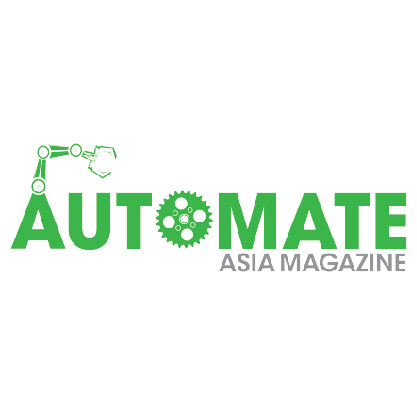Japanese IoT Firms Pour into Aquaculture
- Automate Asia Magazine

- Dec 18, 2019
- 3 min read
Tech companies have been quick to seize the opportunity presented by Japan’s recent Fisheries Reform Act, which opened underutilized aquaculture sites to use by companies, rather than reserving them for local fishery cooperatives.
A major impetus behind the legislation was an effort to stimulate a surge of capital investment into aquaculture. At the Japan International Seafood and Technology Show – which took place in Tokyo in August – and the Tokyo Seafood Sustainability Symposium in November, the beginnings of that investment could be seen as several aquaculture-focused tech companies exhibited new products that have the potential of improving the efficiency and yields of aquaculture production in Japan.

At the Japan International Seafood and Technology Show, the 21st annual edition of the expo, Umitron K.K. introduced its Umitron Cell 2, a new model of smart aquaculture feeding system, following the Umitron Cell that was announced on 25 January. The company has dual headquarters in Tokyo and Singapore.
The device is an automatic feed dispenser for aquaculture pens that uses “Internet of Things” (IoT) technology and can be managed remotely via the cloud through a smartphone. These units operate using solar power and satellite signal connectivity, allowing stable data acquisition and remote system updates offshore.
The Umitron Cell 2 has a larger capacity feed container and heavier-duty construction than the original unit. As a result, it can go beyond simply feeding on a timed schedule. When used with Umitron’s Fish Appetite Index, which the company claims is the world’s first real-time ocean-based fish appetite detection system, timing of feeding and quantity of feed can be optimized to avoid waste. The goal of the product is to reduce feed waste, as feed is one of the biggest expenses for fish farmers. The system uses machine learning and image analysis techniques to extract data from video streams that is then used to measure fish appetite.
At the show, Tomohiro Murota, a software engineer for Umitron, gave a demonstration of the product in which he connected from his smartphone to the feeder with the Umitron application. Through the app, he was able to see underwater video showing fish activity, take remote control of the feeder, and perform data analysis of feeding logs. Murota said that the device eliminates the need to take a boat out to an aquaculture site for daily feedings, though occasional refilling of the feed is needed. Taking a boat out in rough weather or on holidays can be avoided, and fuel and labor can be saved, he said.
At the fifth annual Tokyo Seafood Sustainability Symposium, which took place 7 and 8 November, two cellphone carriers were displaying tech solutions in aquaculture.
KDDI introduced a drone, dubbed Akabot II, painted a bright red (“aka” or “akai” means red in Japanese). The device flies over the ocean and takes deep-water samples at several locations to detect red tides. It is able to identify harmful plankton using image analysis that implements IoT-based deep learning. As bluefin tuna farming has expanded in Japan, early detection of red tides is becoming more important, as bluefin are more sensitive to red tides than other popular farmed species, such as yellowtail and sea bream. Early detection allows operators time to tow net pens to less-affected areas. Using this system, the time from seawater sampling to red tide detection and notification to fishermen is shortened to about 15 minutes.
Also at the sustainability show, NTT Docomo displayed an IoT buoy equipped with sensors and communications equipment. The system is cooperative effort. The buoy with its sensors was made by Tokyo-based S-Vans. The data is relayed via the Docomo network to a cloud server. It can then be accessed from a smartphone screen. The smartphone app, called “Umimiru” (“See the ocean” in Japan) was made by Sendai software firm Andex. The app can display this data visually in charts, grids or gauges.
The sensors measure water temperature and salinity. This data helps oyster and seaweed farmers track factors relevant to the growth of their stock. The IoT buoy records lowest, highest, and cumulative water temperatures. Cumulative water temperatures are used to estimate the time when oysters spawn.
In the past, the oyster farmers took boats out daily to collect the data and tracked it on paper, making analysis difficult. In future, wind speed and direction and wave height may be added to the data collected.
Source: www.seafoodsource.com





-01.jpg)


